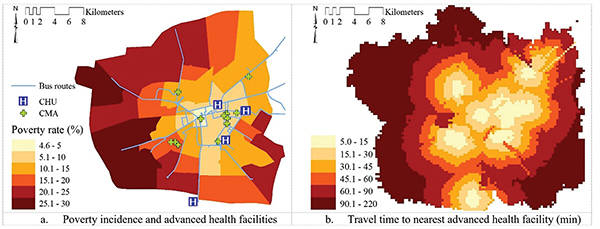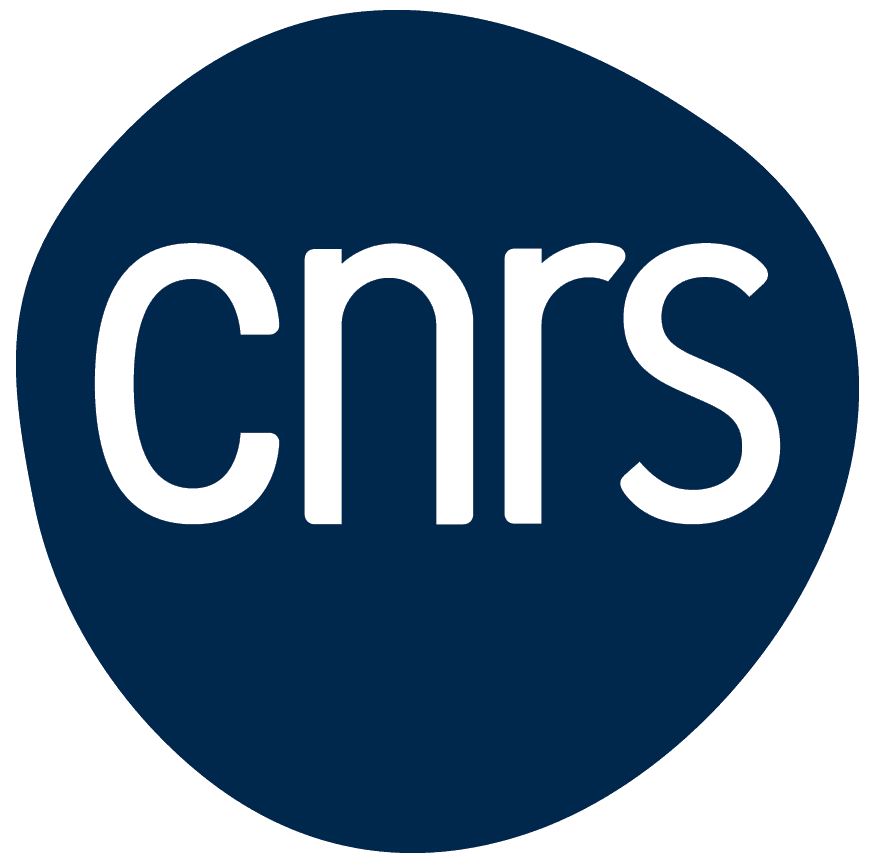Accueil>Connecting through public transport: accessibility to health and education in major African cities
22.07.2024
Connecting through public transport: accessibility to health and education in major African cities
Connecting through public transport:
accessibility to health and education in major African cities
Aiga Stokenberga, Eulalie Saïsset, Tamara Kerzhner & Xavier Espinet Alegre
Area Development and Policy, Published Online June 28th
This paper is available online (via Taylor & Francis) doi 10.1080/23792949.2024.2364619
Sub-Saharan Africa is urbanizing faster than any other region, and with rapid city growth, access to schooling and healthcare is becoming a significant issue. Efficient public transport is crucial for health and education outcomes, but many face barriers leading to missed appointments, delayed care, and reduced uptake of services, particularly among low-income individuals. School accessibility positively impacts education, especially for children at risk of failing. However, there is limited evidence on accessibility levels and inequality within SSA's cities. A detailed understanding of these gaps is essential for better planning and targeting investments in public transport and connectivity.
This study examines accessibility to advanced health services and schools in ten large African cities, chosen for their national importance and availability of spatial data. It compares how well current public transport connects people to education and healthcare and assesses the drivers of accessibility inequality, including land use and transport coverage. Using spatial modeling techniques and public transport data (General Transit Feed Specification), the study maps healthcare facilities and schools, revealing significant pockets of 'accessibility poverty' where travel times are unacceptably high. This inequality in access disproportionately affects the poor.
Findings show that while proximity to public transport matters, its impact is limited due to uneven resource distribution and the informal nature of many service providers. The low 'value added' by public transport compared to walking highlights the need for policy interventions focused on improving public transport systems and ensuring equitable distribution of urban resources. The study advocates for targeted interventions to address accessibility issues, from small-scale efforts in cities like Douala and Nairobi to large-scale investments in Harare and Dar es Salaam.
Fig. 4 - High overlap between poverty incidence and poor accessibility to advanced healthcare facilities
in Ouagadougou (Burkina Faso)

